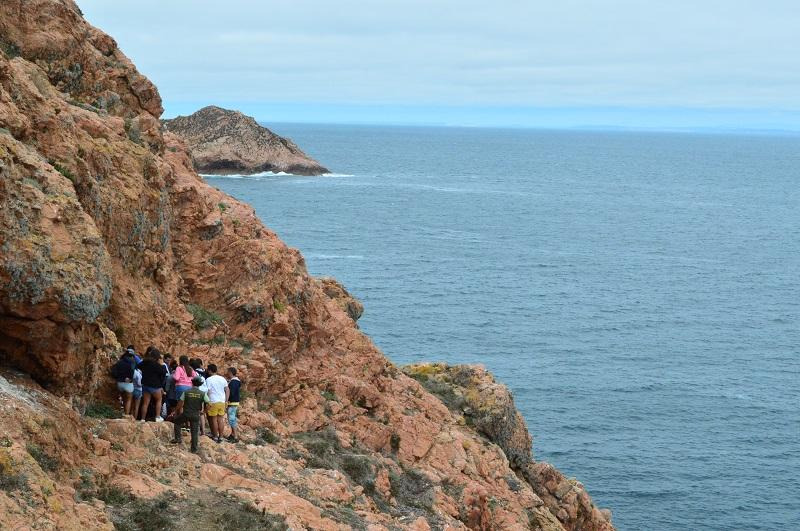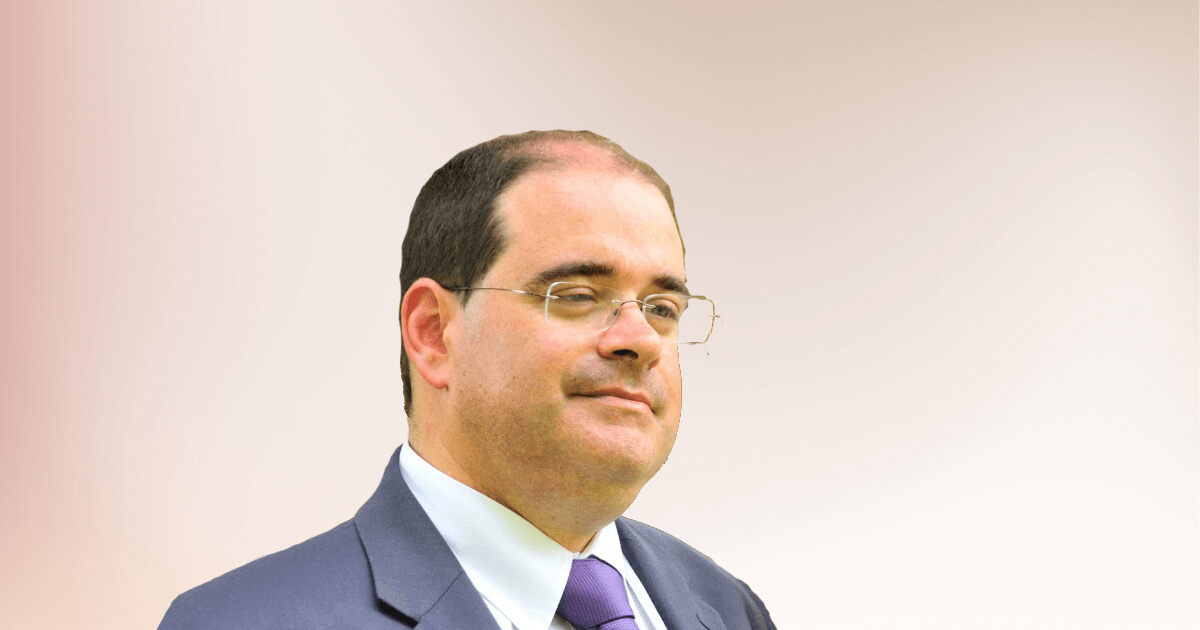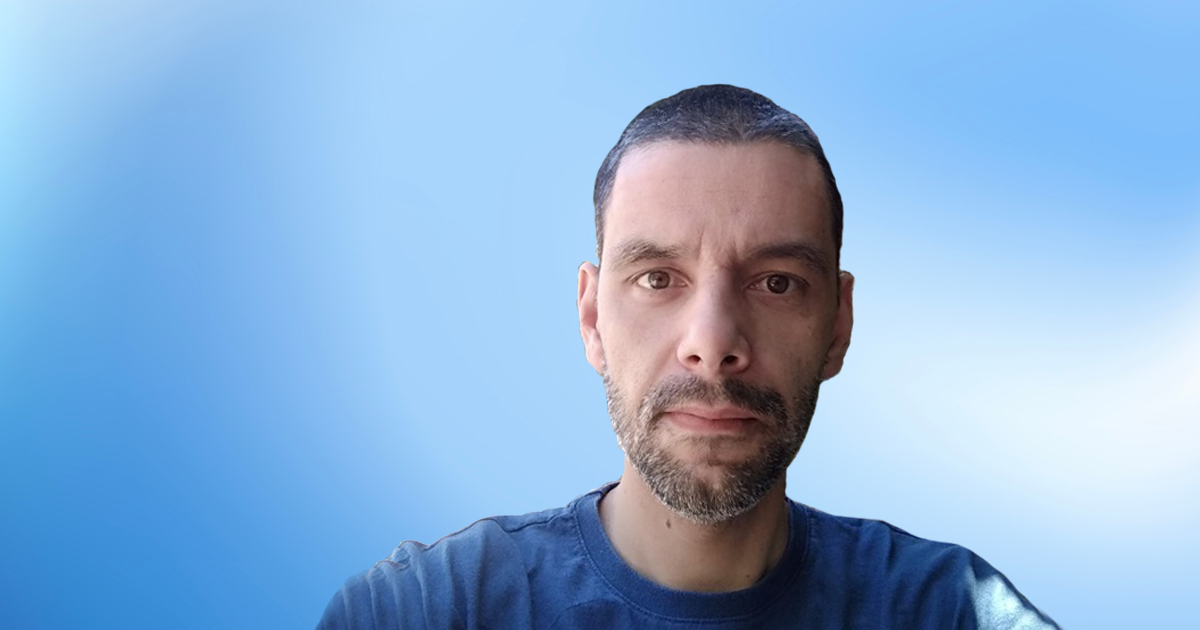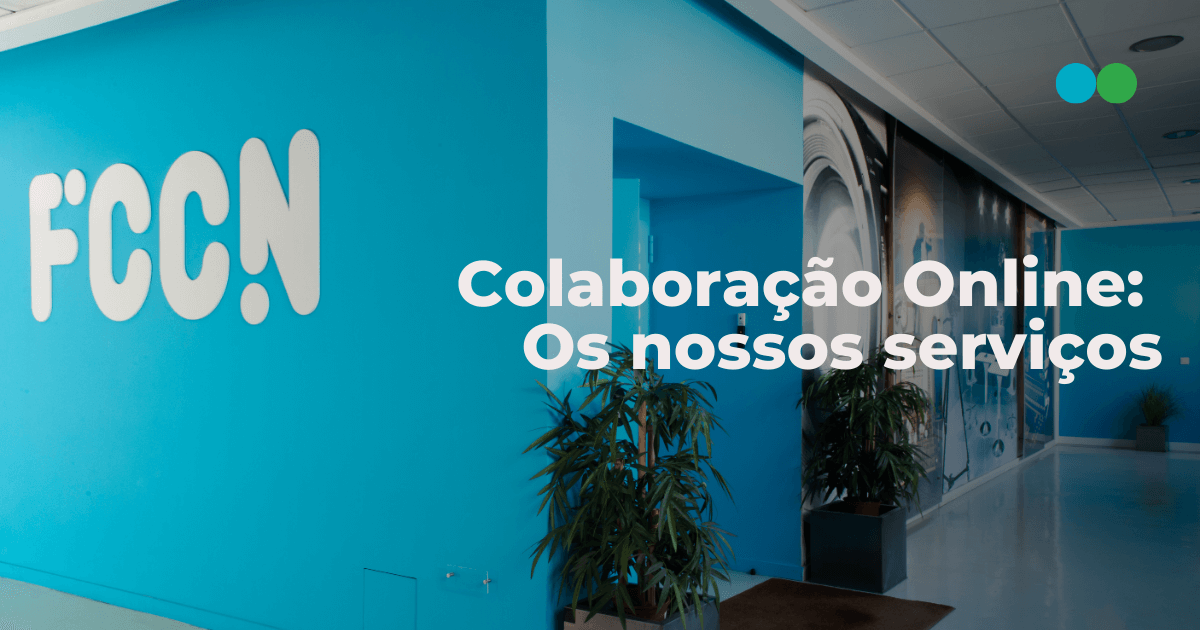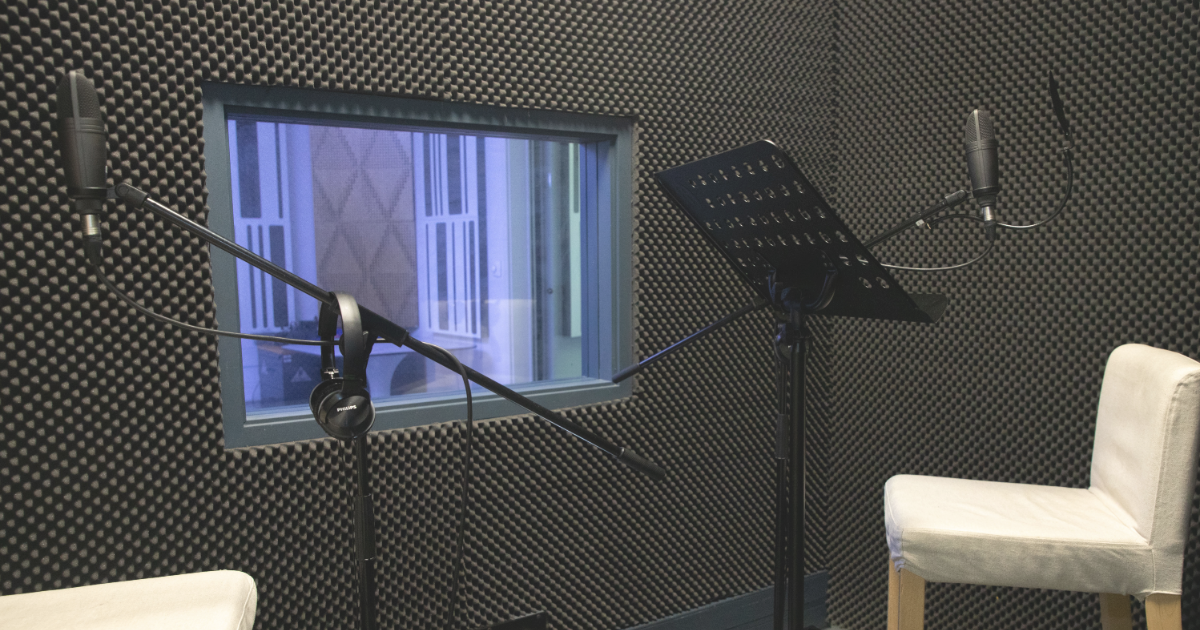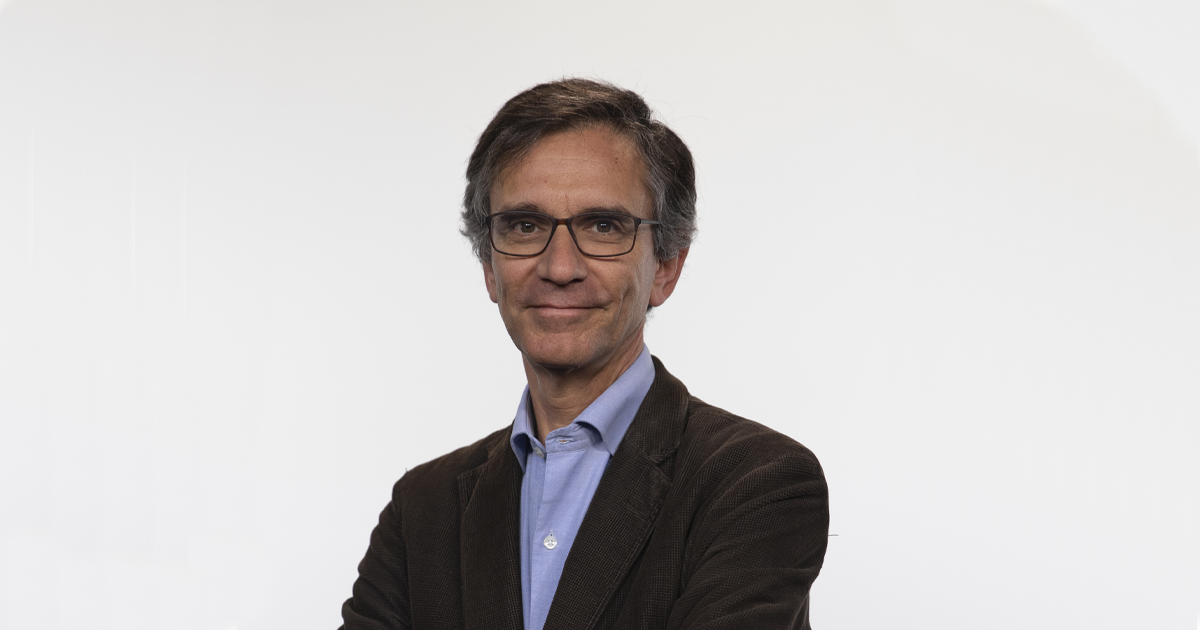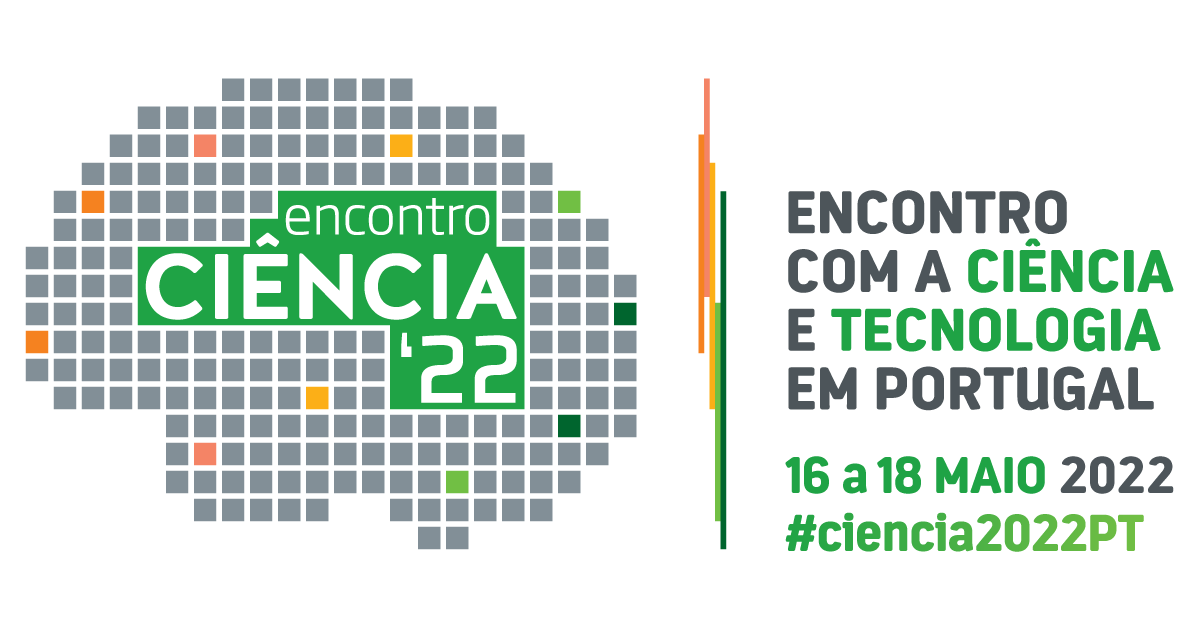O técnico de conservação marinha da Sociedade Portuguesa para o Estudo das Aves (SPEA), Nuno Oliveira, descreve o papel do serviço gerido pela Unidade FCCN, da FCT, o Videocast, no projeto “Cagarras nas Berlengas | Natureza na Web” – uma iniciativa que procura “promover a educação e sensibilização ambiental” através da transmissão ininterrupta, em direto, a partir de um ninho desta espécie de aves.
Como surgiu a possibilidade de recorrer ao serviço Videocast no âmbito do projeto “Cagarras nas Berlengas | Natureza na Web”? E o que nos pode contar sobre este projeto?
A oportunidade surgiu a convite da FCCN, em 2019, quando se planeava a revitalização do programa “Natureza na Web”. O “Cagarras nas Berlengas | Natureza na Web” enquadra-se num conjunto de atividades desenvolvidas pela SPEA para promover a educação e sensibilização ambiental – um dos pilares da nossa missão. A nosso ver, um cidadão bem informado estará mais disponível para compreender a importância da preservação dos nossos valores naturais. No nosso caso, focamos principalmente as aves e os seus habitats.
Quais as principais mais-valias que esta iniciativa oferece ao público em geral?
O principal objetivo desta iniciativa é levar a casa das pessoas uma realidade que, anteriormente, não estaria acessível ao cidadão comum: a vida no interior de um ninho de uma ave marinha. Neste caso, das cagarras. Assim, com um mínimo de perturbação, as pessoas podem visitar o ninho e acompanhar o crescimento da cria ou a alimentação pelos adultos. As aves marinhas, apesar de serem um dos grupos de aves mais ameaçados a nível global, continua também a ser o menos conhecido.
«O Videocast é uma ferramenta que veio para ficar na SPEA e que tem um enorme potencial que pretendemos continuar a explorar»
Que características do Videocast se mostraram ideais para integração no projeto? E como avalia a experiência, até ao momento?
Incluir o “Cagarras nas Berlengas” numa iniciativa mais abrangente e em parceria com outras entidades acaba por aumentar o potencial de divulgação do nosso pequeno ninho. Por outro lado, os custos de manutenção destes sistema, apesar de reduzidos, são um encargo significativo para uma organização sem fins lucrativos nem financiamento próprio, como é o caso da SPEA. Nesse sentido, o apoio da FCCN foi fulcral para a manutenção do projeto, a longo prazo, ao permitir reduzir os custos associados ao serviço de webstreaming. Desta forma, é garantido o acesso por um número virtualmente ilimitado de utilizadores às imagens na web. O apoio dos técnicos da FCCN tem também sido total e tem permitido levar este barco a bom porto.
Existem outros projetos semelhantes que estejam a ser planeados?
O sucesso do “Cagarras nas Berlengas” e a forte aceitação pelo público, levou-nos a adoptar este tipo de ferramentas noutros projetos. Atualmente, estamos a preparar a instalação de dois sistemas semelhantes no âmbito de um projeto recente que estamos a desenvolver no Parque Natural da Ria Formosa – o Life Ilhas Barreira. Uma das câmaras estará a emitir a atividade numa colónia de gaivotas-de-audouin, enquanto a outra estará numa colónia de chilretas. Contamos ter estas câmaras operacionais no início da Primavera do próximo ano.
Existem outras iniciativas da SPEA que gostaria de divulgar?
Aproveito a oportunidade para divulgar duas iniciativas em que a SPEA participa e para as quais precisamos do apoio de todos. A primeira é uma iniciativa liderada pela BirdLife Internacional (da qual a SPEA é parceira) que apela a que as Nações Unidas declararem um ambiente natural saudável como um direito humano fundamental, através de uma petição disponível em: https://www.spea.pt/campanhas/ambiente-saudavel-um-direito-humano/. A segunda vem no seguimento do projeto “Life Berlengas” que, depois de ter terminado com sucesso, foi selecionado como um dos 8 projetos finalistas do Prémio Europeu Natura 2000. As votações estão em aberto e podem ser realizadas aqui: https://www.spea.pt/life-berlengas-entre-finalistas-do-premio-europeu-natura-2000/
Como antevê a evolução da relação da SPEA com o Videocast?
O Videocast é uma ferramenta que veio para ficar na SPEA e que tem um enorme potencial que pretendemos continuar a explorar. Nesse sentido, o Videocast e a Unidade FCCN representam um apoio essencial que esperamos manter. Pensamos que o potencial destes sistemas vai muito além da divulgação. No futuro, poderão ser uma ferramenta a utilizar em sistemas de monitorização remotos, para locais de difícil acesso por exemplo. Para quem trabalha essencialmente no mar ou rodeado por ele, como no caso de pequenas ilhas e ilhéus, os sistemas de videocast poderão vir a revolucionar a nossa forma de estudar, monitorizar e proteger os seus valores naturais.
E como avalia a possibilidade de integração de outros serviços FCCN?
Existem outros serviços FCCN que seria muito interessante explorar, de forma a maximizar a divulgação da missão da SPEA. Lembro-me, por exemplo, dos estúdios da FCCN que visitei o ano passado – um equipamento espetacular para ser usado nos documentários que temos previstos em tantos dos nossos projetos e/ou iniciativas. Por outro lado, tendo em conta as condicionantes resultantes da pandemia do novo coronavírus, os serviços da FCCN de reuniões remotas serão também uma possibilidade interessante a explorar.
